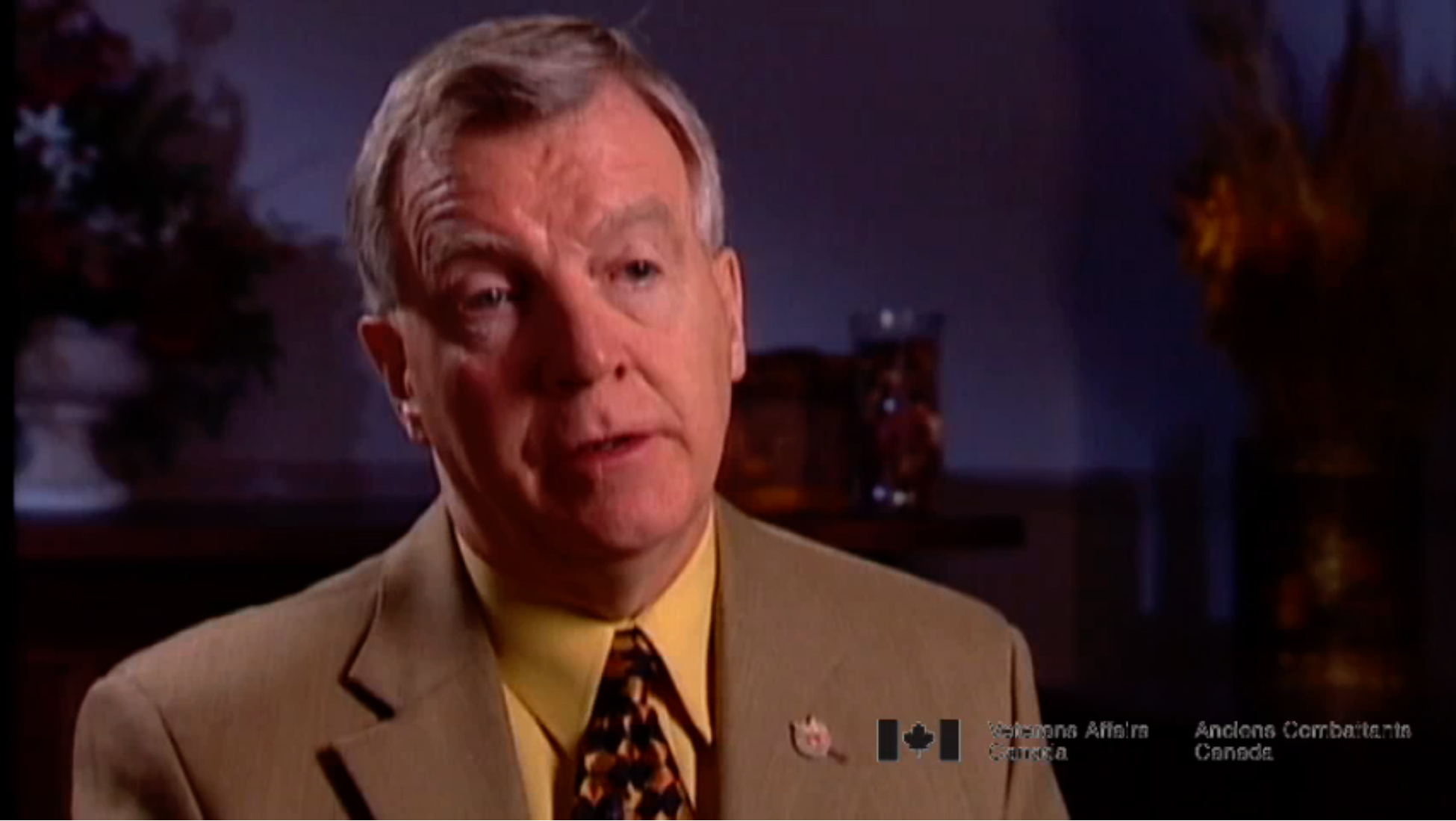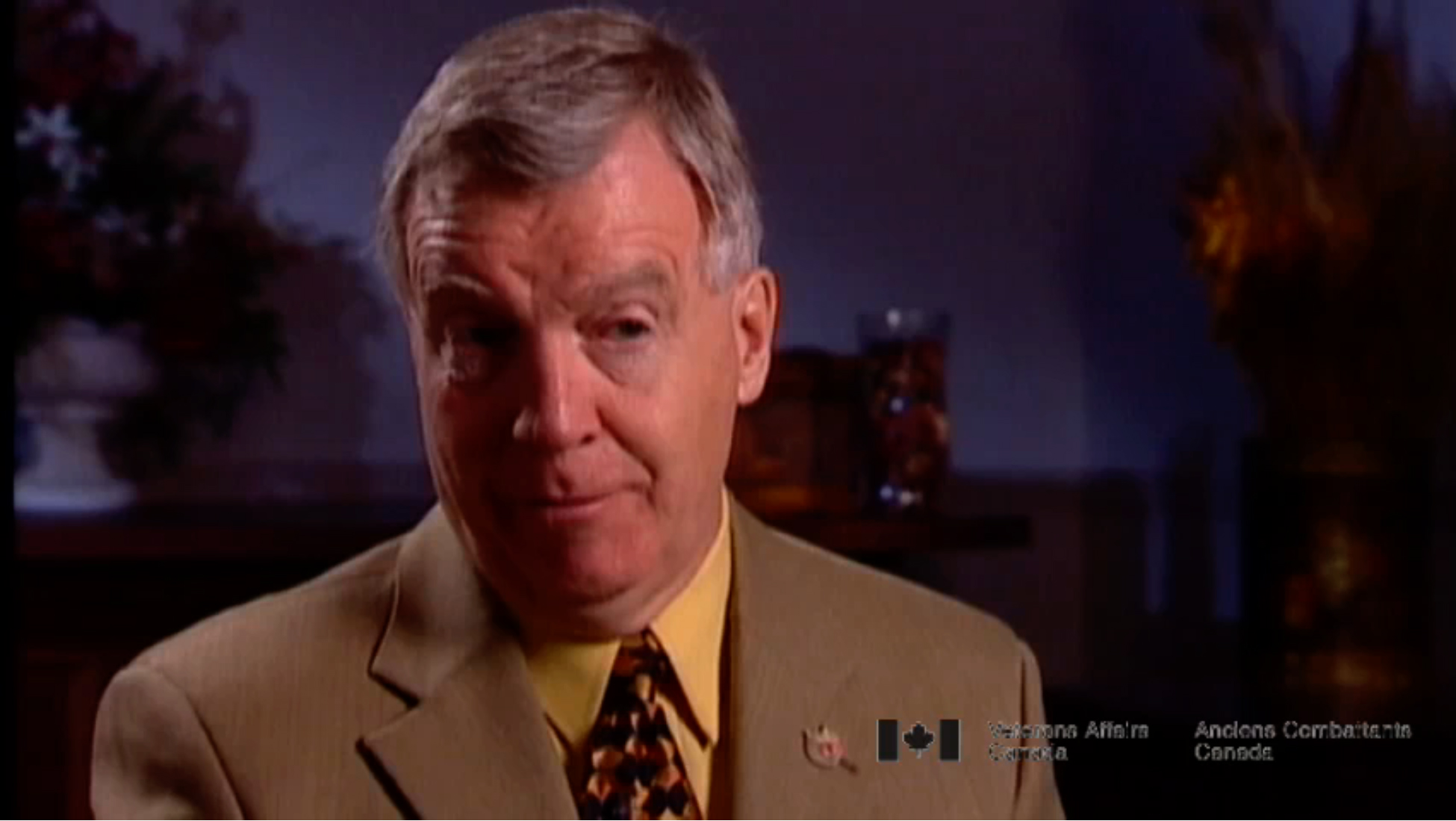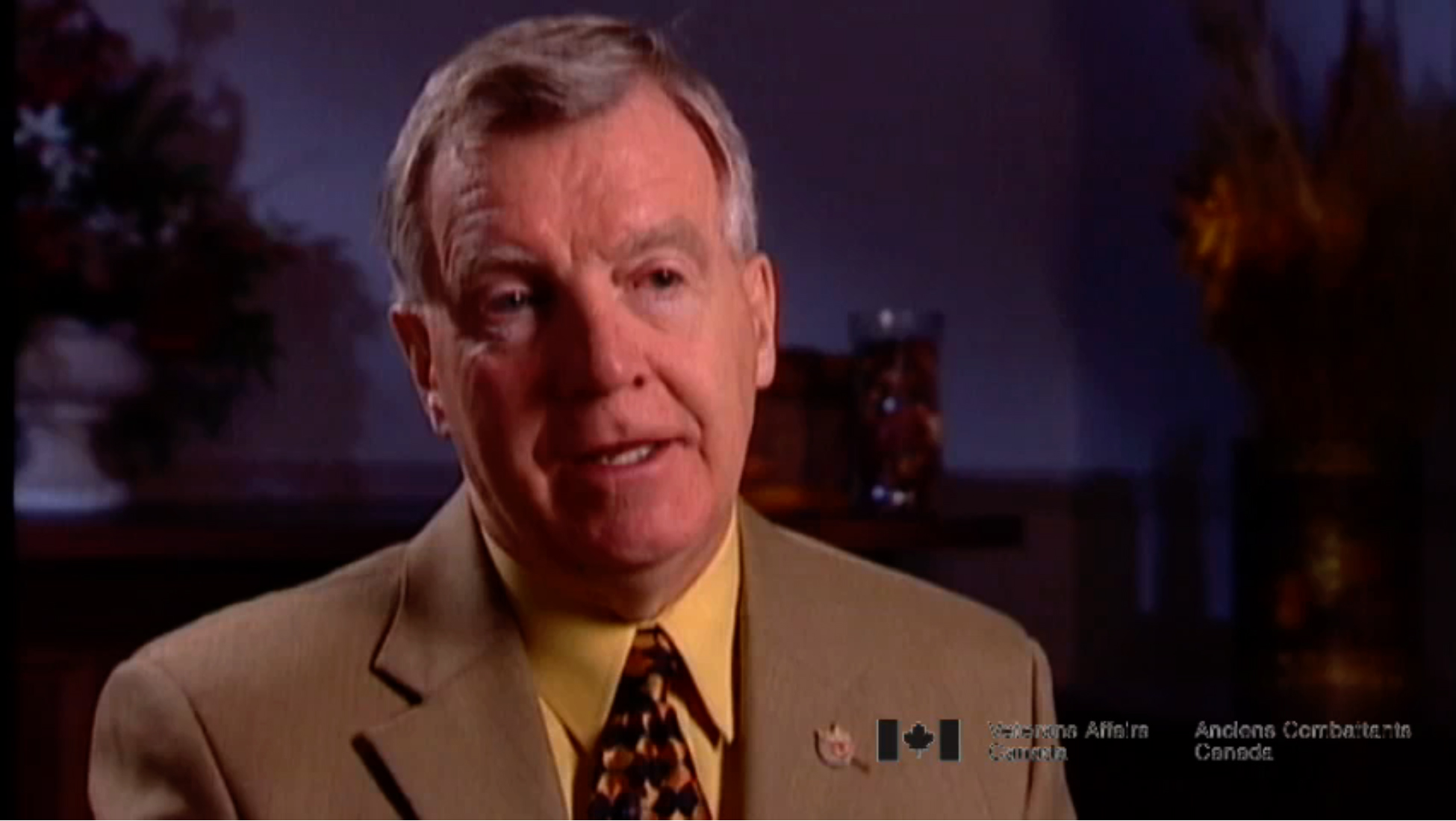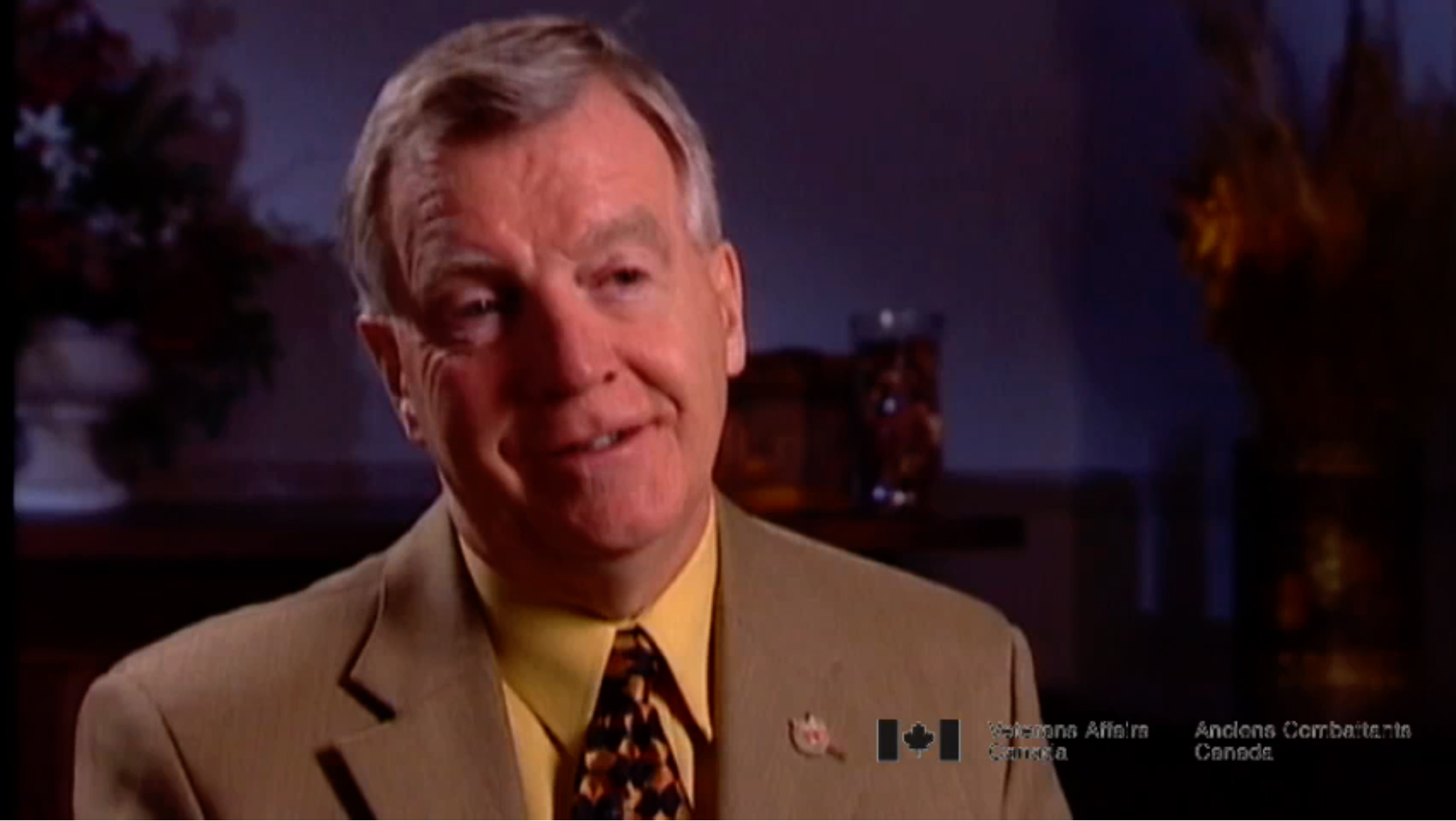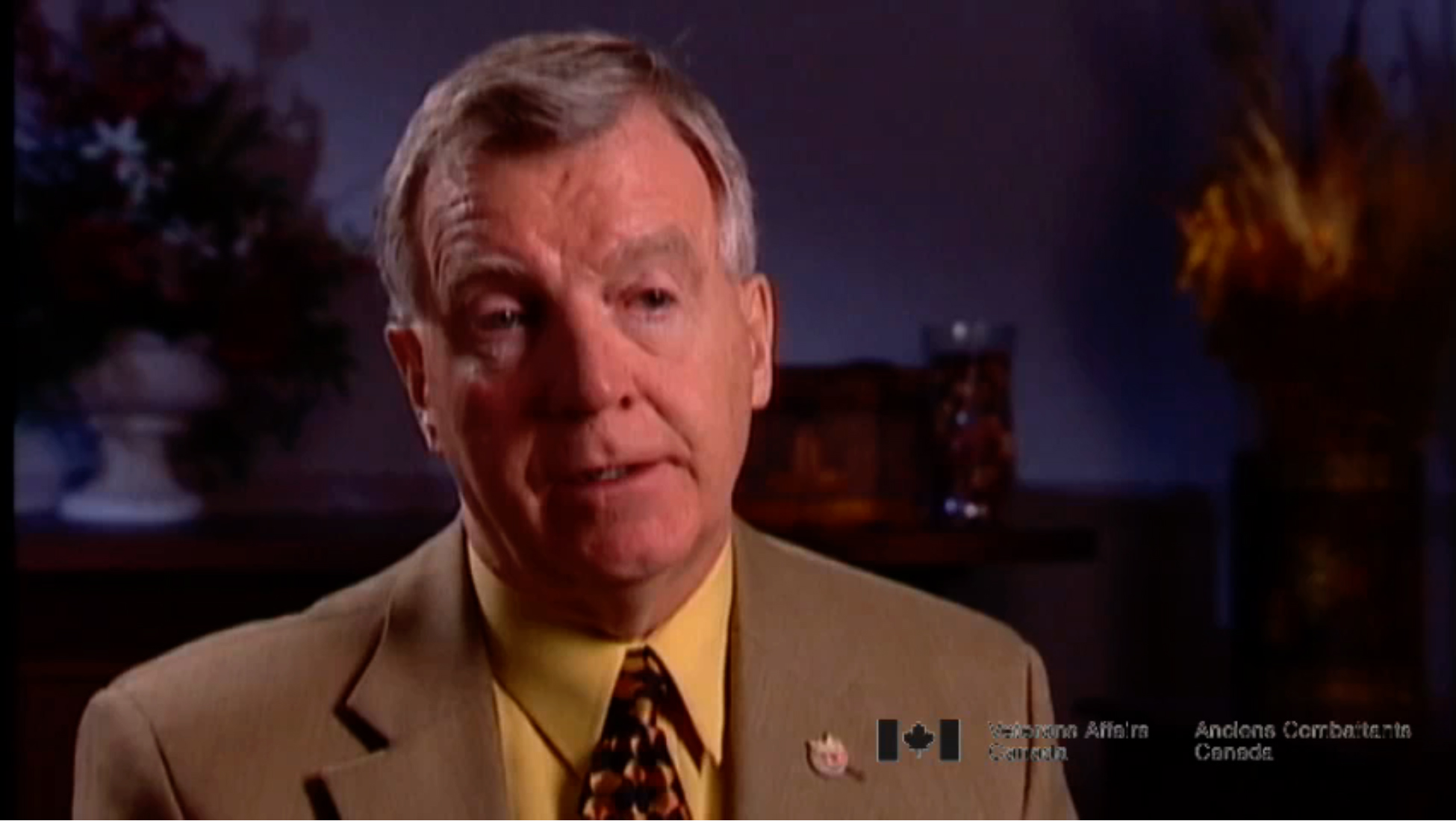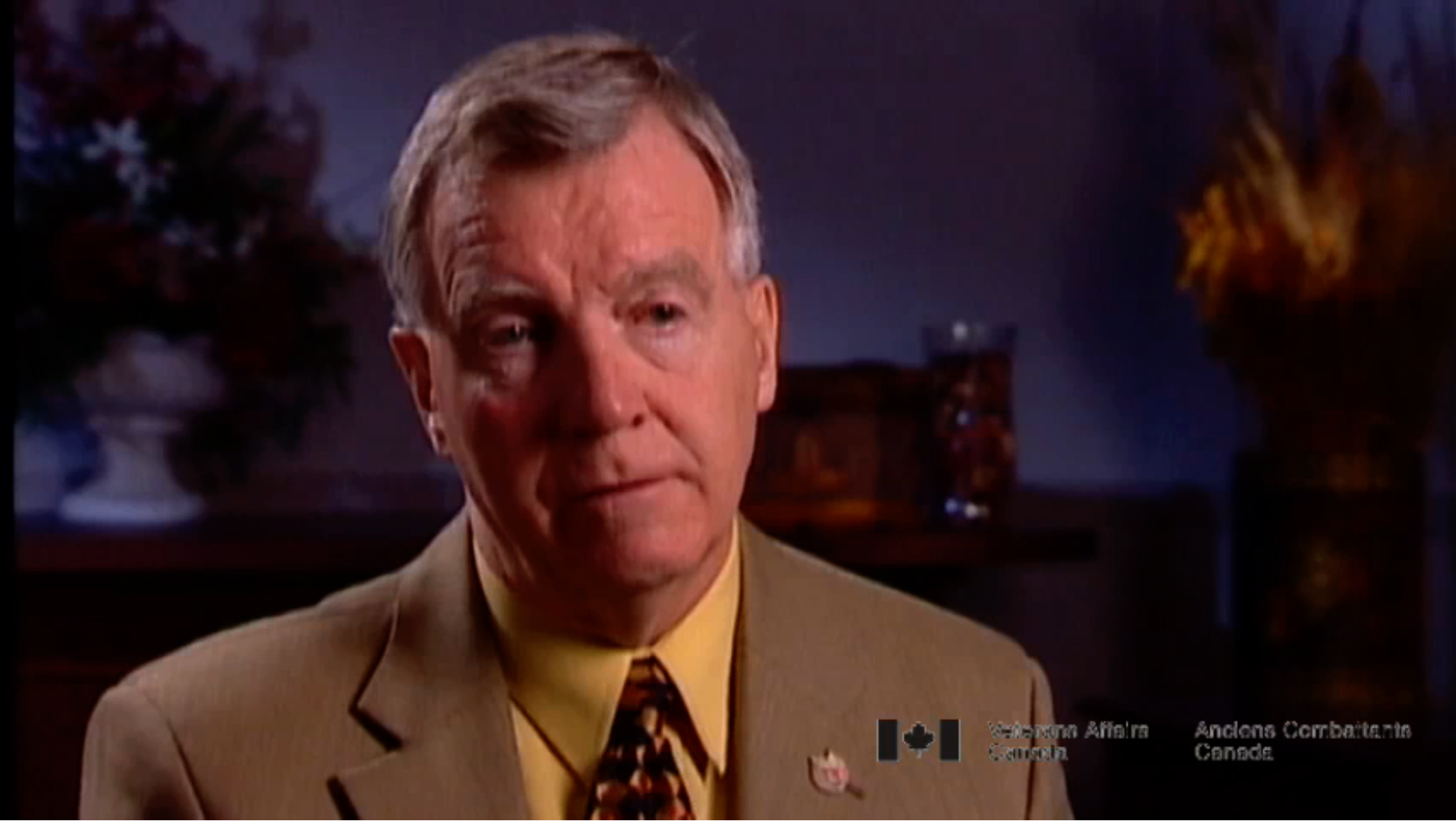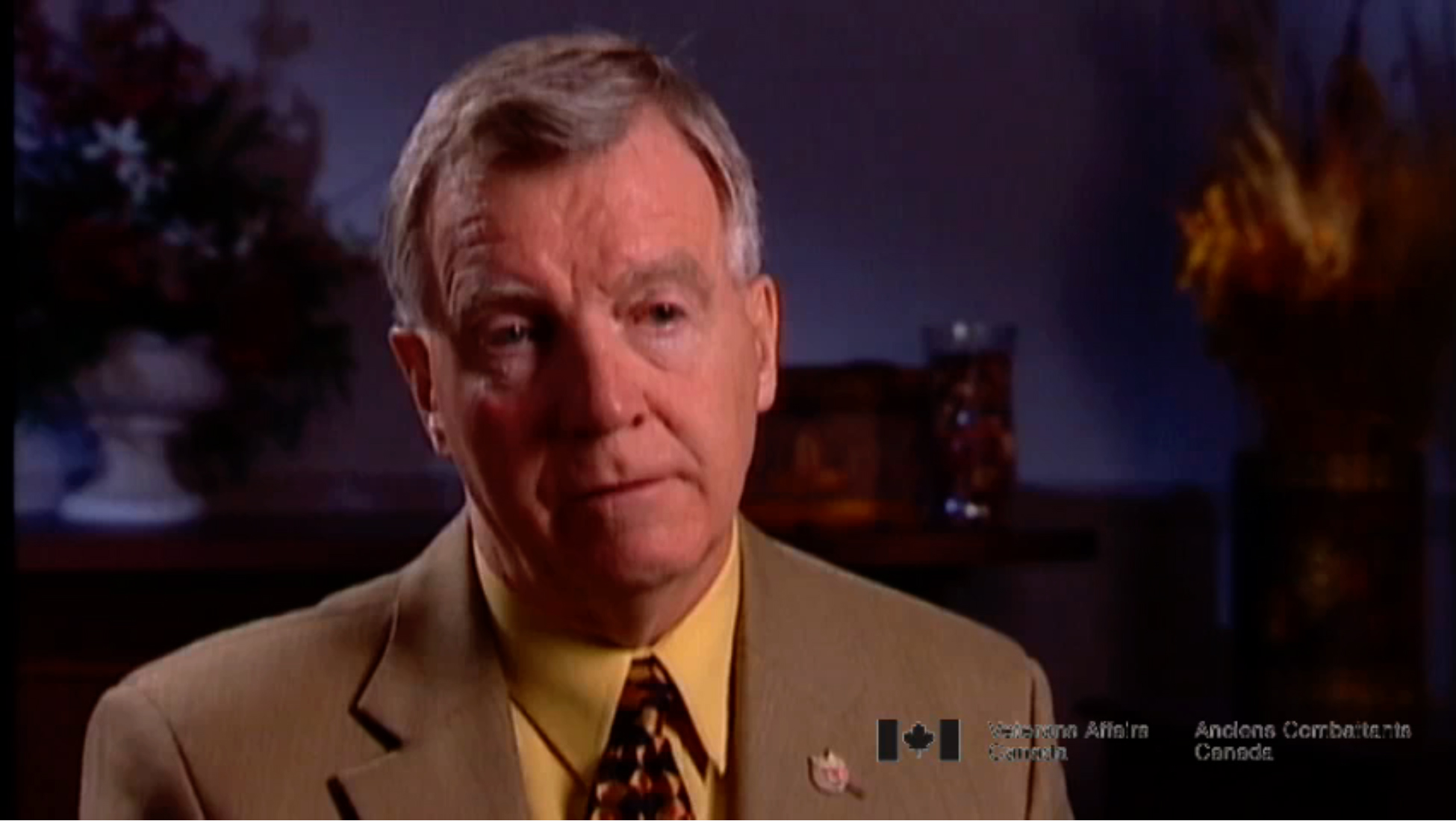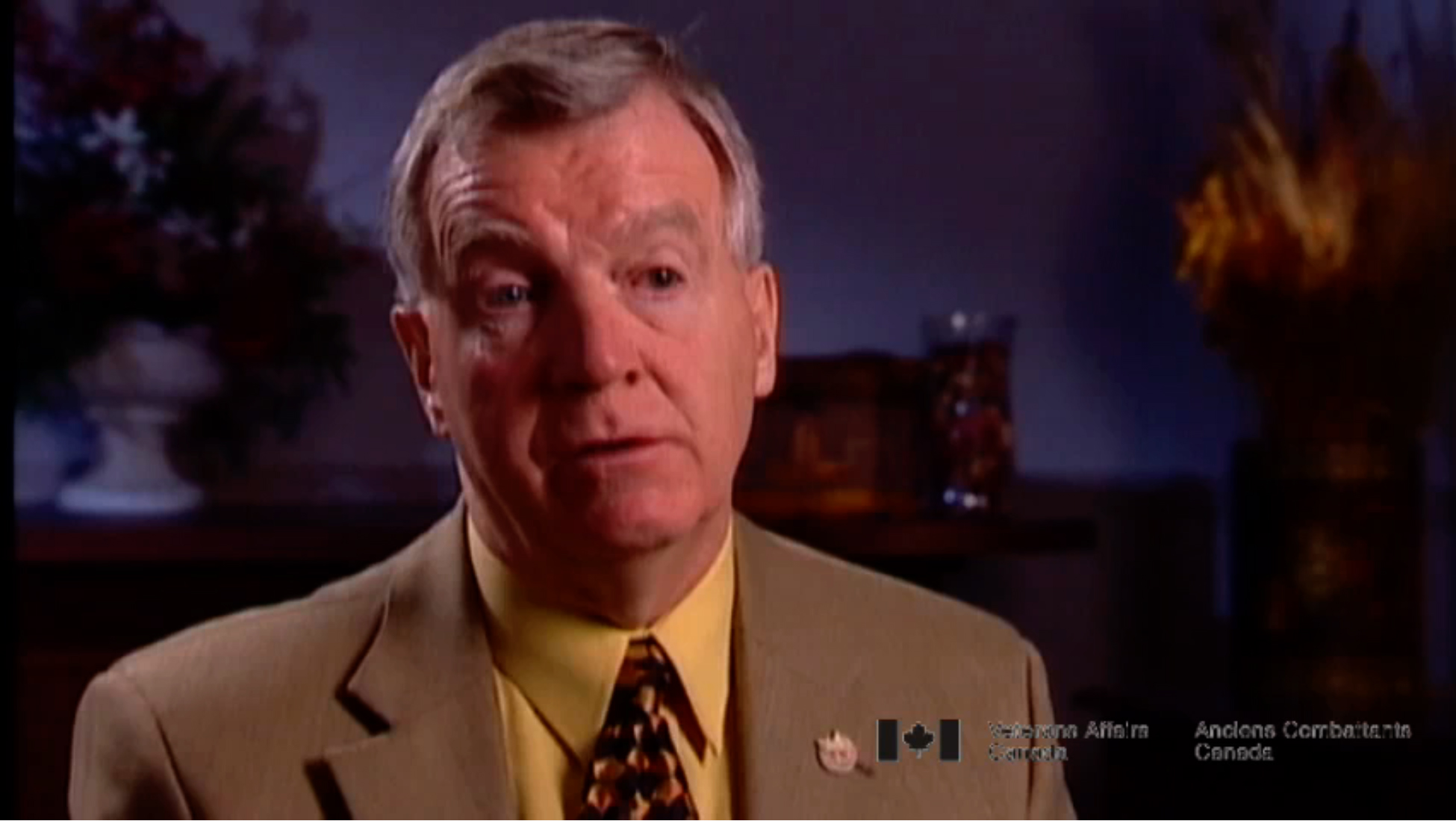Interviewer: In war, there's always a clearly defined set of
rules of engagement Can you tell me about the rules of engagement
during a peacemaking mission?
Well, if you're in a, you know that kind of environment,
if you're doing an air defence mission, for example, and
both sides would test the other side's air defence all the time,
that's just part of what you did, you know.
Nobody would fire unless they were fired upon, at least on
our side. If, if one of us strayed across the border,
they would of shot us down.
If one of them strayed across the border, then we would attempt
to get them to turn around or, or land. If there was,
if there was a hostile act committed then, you know, you would be
cleared to, cleared to fire, but you would never,
I mean if you were under direct threat, then you always had the,
the ability to react. If it was anything other than somebody was
actually shooting at you, then you would have to get authority
from (inaudible) command, the command in control system who's
sitting down in, in, in, you know looking at the bigger picture,
and may have information that you don't have.
And you would always get that authority from, from somebody else.
If it was a, like in NORAD, for example, where I flew the F-18,
and, and we did a lot of, our squadders in Canada,
did a lot of ops like that, we used to intercept Russian Bears
routinely. I didn't personally do one, but I know many,
many guys did. And the rules were very clear, I mean there
was no, you know, there was no threat to, because we were not at
war, there was no threat to shoot them down.
If we were in a state of war, then it's, you know you're cleared
to, you're cleared to fire. So, the rules of engagement change
as the level of intensity builds up to, to actual combat.
the rules of engagement are much more, they're still very well
defined, but they're much more liberal, I mean
you are there to take it to the enemy, you are there to kill him,
and don't let him do it to you first.
Interviewer: Was there ever a time when it was difficult to
follow the rule?
Not for me personally. When our folks were in Afghanistan,
in, in Kosovo, and I'm jumping ahead here a little bit,
you know to past the Starfighter era, because with the F-18,
with the CF-18, of course we became involved in, in many more
things. The air plane was much more capable than the Starfighter
and so we got involved in a lot of things like Gulf War I and,
and Kosovo and so on. I do remember and the guys sent it to me
‘cause I knew most of them, all of them.
There was one mission in Kosovo where they were sent out to drop
to, to knock out a bridge, and when they got there, and
they had precision guided weapons, and they were going to drop
the bridge, there was no question. There was a vehicle parked,
on in the middle of the bridge and there was two choices,
he was either just a dumb guy who was parked in the wrong place,
or it was parked there intentionally knowing that we had rules
of engagement that probably limited our ability to, to attack
a target if we thought there was going to be civilian casualties
and, you know, the truck on the bridge was probably civilian.
So the guys spent, and I've listened to the tape and seen the
video, they spent about a half an hour on station talking through
AWACS, the Airborne Warning Control Aircraft and,
and various folks, and they had every right to drop the bridge.
That was the mission they were sent on, had they dropped the bomb
they would have taken out the bridge, they would have taken out
the truck on the bridge with it. They decided not to,
and they brought the bombs home
and then they, you know, went back out another day and
the truck wasn't there so the bridge, the bridge was dropped.
A lot of discipline is required by, by folks in that environment
because you are carrying so much firepower, you can do so much
damage that you need to be, you know, especially when it's not
an all-out declared war, kill everything you see kind of
environment, it takes a lot of discipline.



